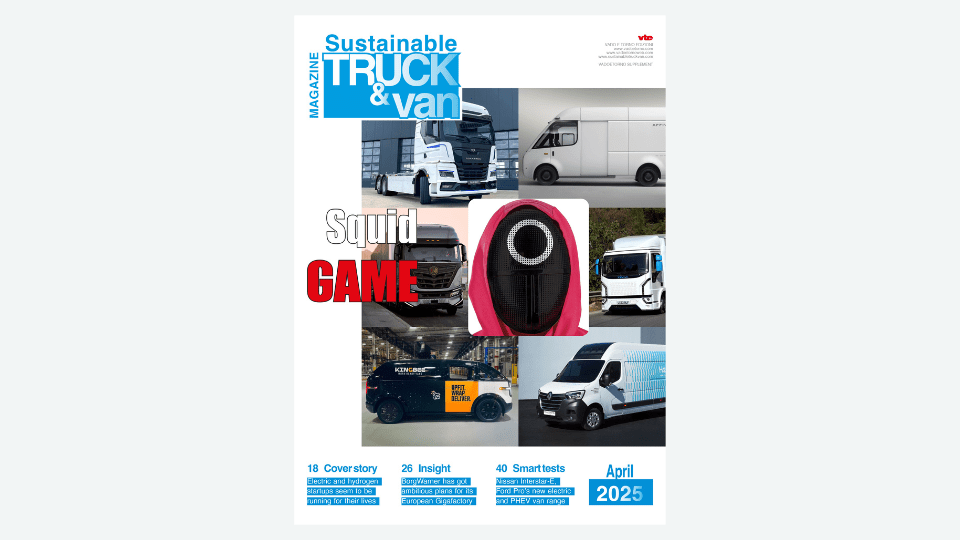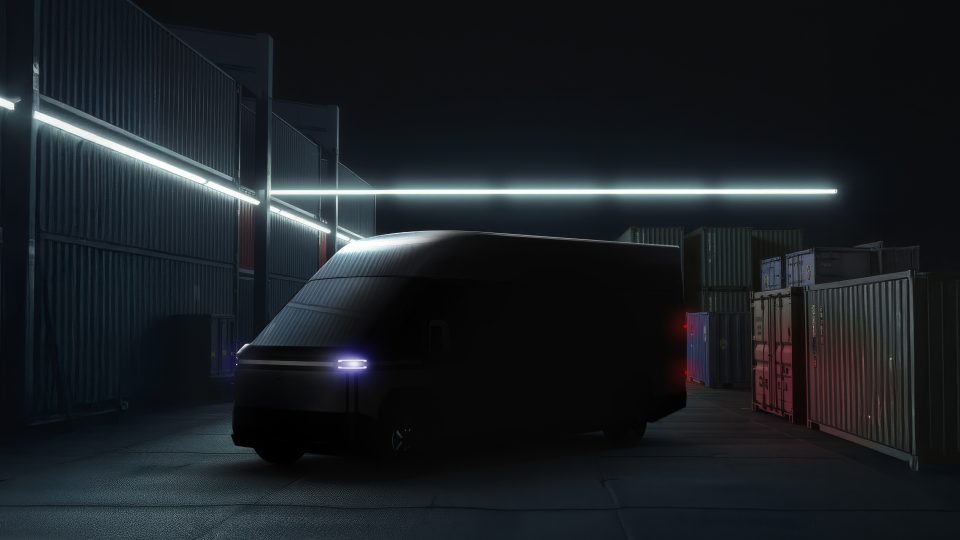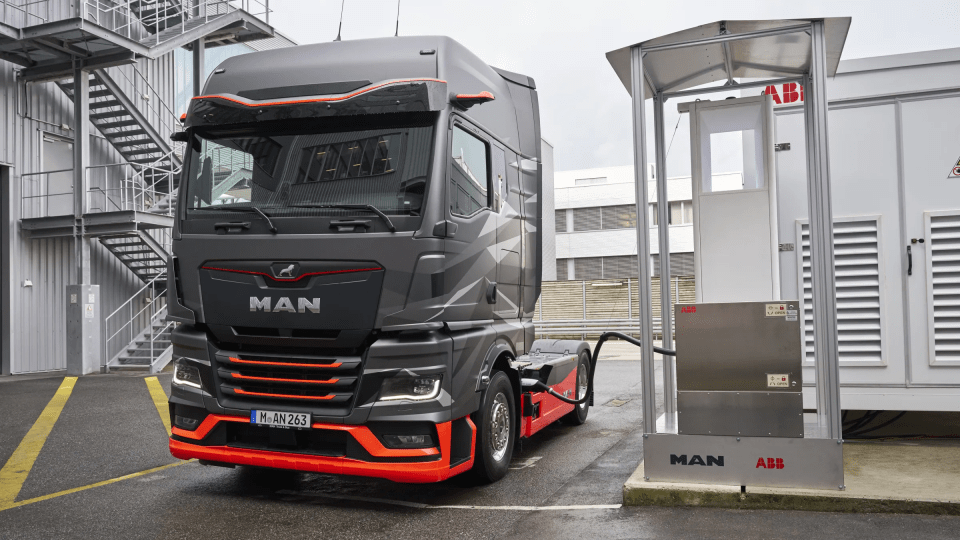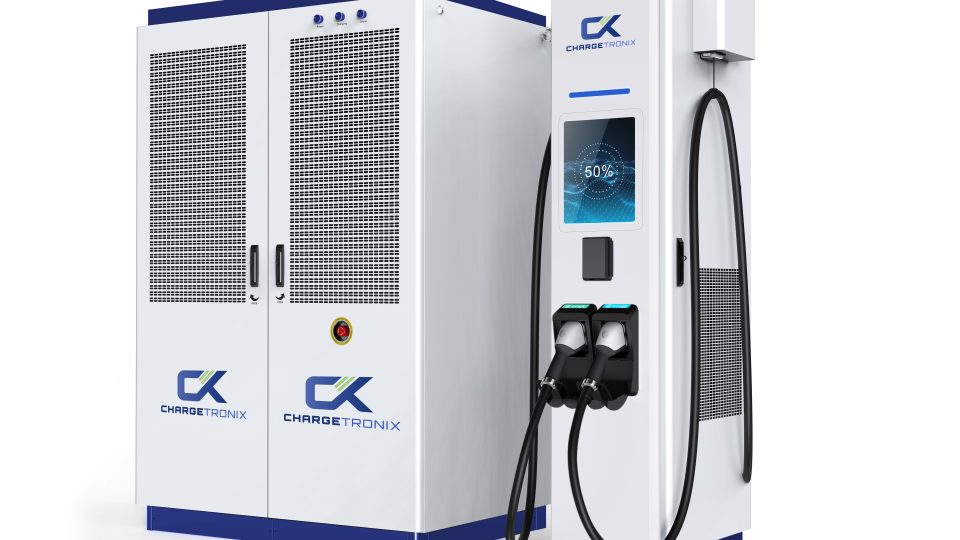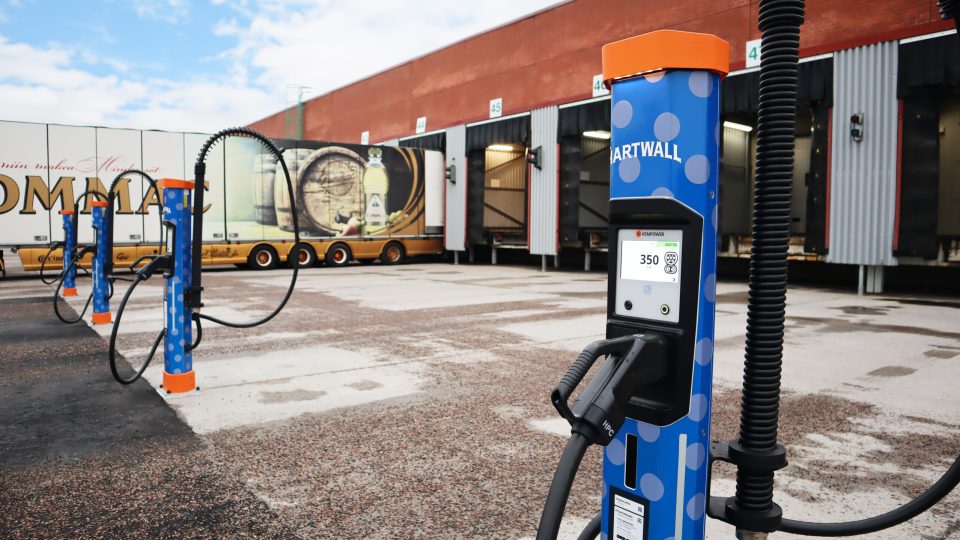Siemens to separate EV charging business: Siemens eMobility and Heliox will have a dedicated structure
According to the German group, "the carve out of Siemens eMobility, which today has a strong technological core and portfolio, will give the business entrepreneurial freedom to transform into a more agile, focused and efficient market player".

Siemens decided to carve out electric vehicle charging business. In other words, Siemens eMobility and the recently acquired Heliox will now have a dedicated legal structure. According to the German group, “the carve out of Siemens eMobility, which today has a strong technological core and portfolio, will give the business entrepreneurial freedom to transform into a more agile, focused and efficient market player“.
The upcoming carve-out will combine Siemens eMobility and Heliox into a dedicated legal structure, well-positioned to build on the experience and innovation of Siemens and the pioneering culture of Heliox. This future setup will create optimal conditions to drive progress and expand leadership in the market, further accelerating the sustainable transformation of mobility.
Siemens eMobility: solutions from 11kW to 1MW
Siemens eMobility currently offers IoT-enabled hardware, software and services for AC and DC charging from 11 kW to 1 megawatt for a broad range of applications. Today, the business has production and R&D sites in Germany, Portugal, the United States, India and the Netherlands.
“The new setup of eMobility will enable the business to accelerate profitability by focusing on high potential business segments and strategically relevant geographies. It will have more freedom to define its focus areas based on business strengths. This business will be well positioned to foster new partnerships to increase customer access through new sales channels and enrich capabilities in new end markets,” said Matthias Rebellius, Member of the Managing Board of Siemens AG and CEO of Smart Infrastructure. “Building up charging infrastructure for electric vehicles is crucial to achieving the electrification of transport, a central piece in the aspiration to reach net zero by 2050.”



